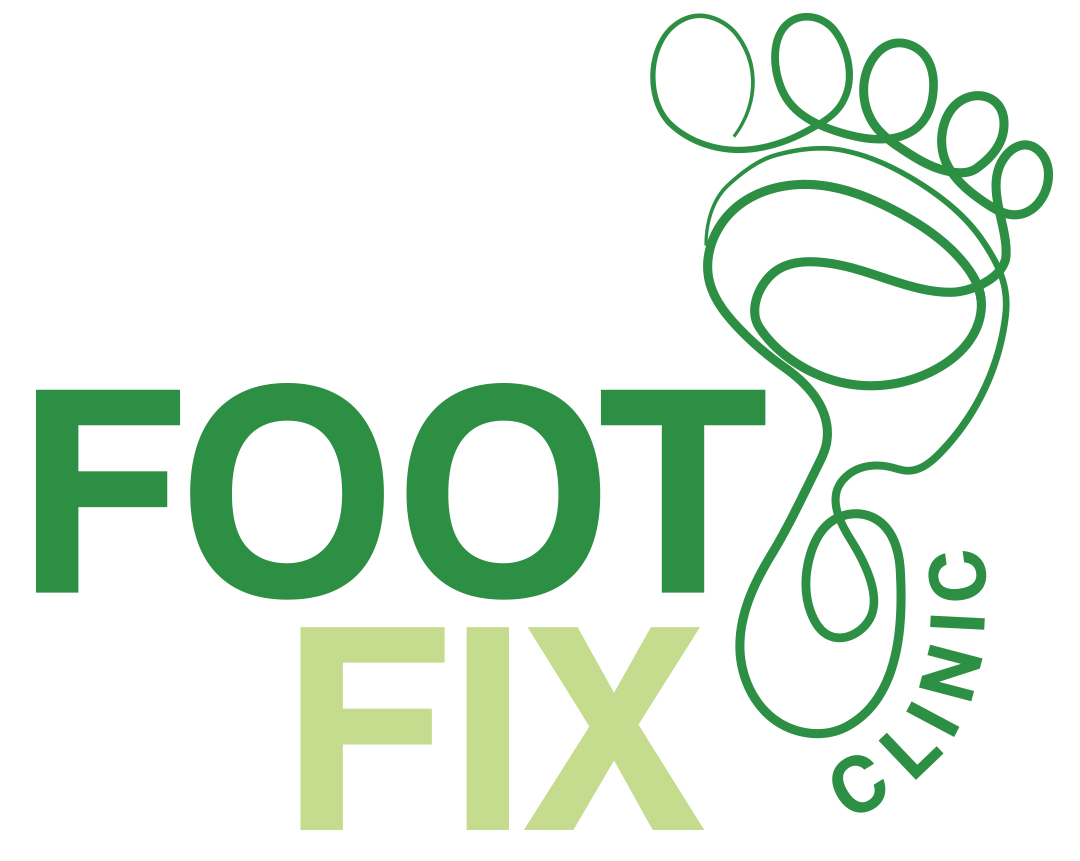When you have diabetes you need to take very good care of your feet every day. If you do this then you can prevent serious complications.
Your feet are at risk because diabetes can cause damage to the nerves and the blood supply.
This damage is more likely if:
-
You have had diabetes for a long time
-
Your blood glucose levels have been too high for an extended period
-
You smoke
- You are inactive.
There are two types of risk to feet, high risk and low risk. Knowing the risk and taking care of your feet can prevent serious problems even amputation. A podiatrist can carry out an easy and painless check on your feet to determine whether your feet have a low or high risk of developing more serious problems.
Low risk feet have normal sensation and good blood flow. However it is important to know that low risk feet can become high risk feet without symptoms, so regular checks are still as important.
People who have had a foot ulcer or amputation in the past have high risk feet. Feet with calluses or deformities like claw toes also have increased risk if poor feeling and/or decreased blood flow are also present.
If you have high risk feet you should have them checked by your doctor or a podiatrist every 3 – 6 months. In some cases you may be referred to a specialist or high risk foot clinic.
Nerve Damage
Poor blood glucose control can cause nerve damage to feet. Symptoms include:
-
Numbness
-
Coldness of the legs
-
A tingling, pins and needles sensation in the feet
- Burning pains in the legs and feet, usually more noticeable in bed at night.
These symptoms can result in a loss of sensation in the feet which increases the risk of accidental damage because you can’t feel any pain. An injury to the feet can develop into an ulcer on the bottom of a foot which can penetrate to the bone. This could lead to osteomyelitis and a chronic infection in the bones and joints. If an infection isn’t treated at the earliest signs, this could result in ulceration (an infected open sore) and eventually amputation (removal of a toe, foot or limb).
See your podiatrist if you have any of these symptoms.
Poor blood glucose control can cause a reduced supply of blood to the feet. This makes people with diabetes more prone to infection following any injury that breaks the skin. Signs of poor blood supply include:
-
Sharp leg cramps after walking short distances or up stairs
-
Pain in the feet, even at rest (often in the early hours of the morning)
-
Feet feeling cold
-
Feet looking a reddish-blue colour
- Cuts which are slow to heal.
See your podiatrist if you have any of these symptoms.
You need to have your feet checked every year for low risk feet and every 3 – 6 months for high risk feet. The check-up will include looking at the following:
-
Blood flow to the feet (circulation)
-
Feeling and reflexes (nerves)
-
Unusual foot shapes (including bunions, claw toes and hammer toes)
-
Toenails
- Dryness, calluses, corns, cracks or infections.
People with diabetes who have misshapen feet and nerve damage are the more likely to develop:
-
Ulcers from too much pressure over some areas of the feet
- More corns and calluses due to too much pressure on one area and can be avoided with some changes.
Seek your podiatrist’s help to remove calluses or corns before they become ulcers as these can become infected, risking amputation.
In addition to regular checks ups with a podiatrist you should also:
-
Have your feet checked at least once a year by your doctor or other health professional
-
Know your feet well – wash, dry and check your feet every day. Check for redness, swelling, cuts, pus discharge, splinters or blisters, being especially careful to look between toes, around heels and nail edges and at the soles of the feet. If you have difficulty with your vision get someone to check for you
-
Cut your toenails straight across – not into the corners – and gently file any sharp edges. If you can’t properly see or reach your feet to cut your toenails, ask someone to do it for you or visit your podiatrist.
-
Moisturise your feet daily to avoid dry skin
-
Never use over-the-counter corn cures
-
Cover your feet with a clean sock or stocking without rough seams
-
Don’t wear tight socks or stockings
-
Protect your feet in a shoe which fits well – the right length (a thumb width longer than your longest toe), width and depth – and has been checked for stones, pins, buttons or anything else which could cause damage
-
Keep your feet away from direct heat such as heaters, hot water bottles and electric blankets
- Get medical advice early if you notice any change or problem.
If you find an injury including a cut, blister, sore, red area or open crack, immediately:
-
Wash and dry the area
-
Apply good antiseptic e.g. Betadine
- Cover with a sterile dressing, available from pharmacies.
If any injury does not improve within 24 hours, make an urgent appointment to see your doctor to avoid serious complications.
Seek urgent medical advice for even the mildest foot infection, including any sore, open wound or crack which is oozing, contains pus or any type of discharge or which does not heal within a week.
